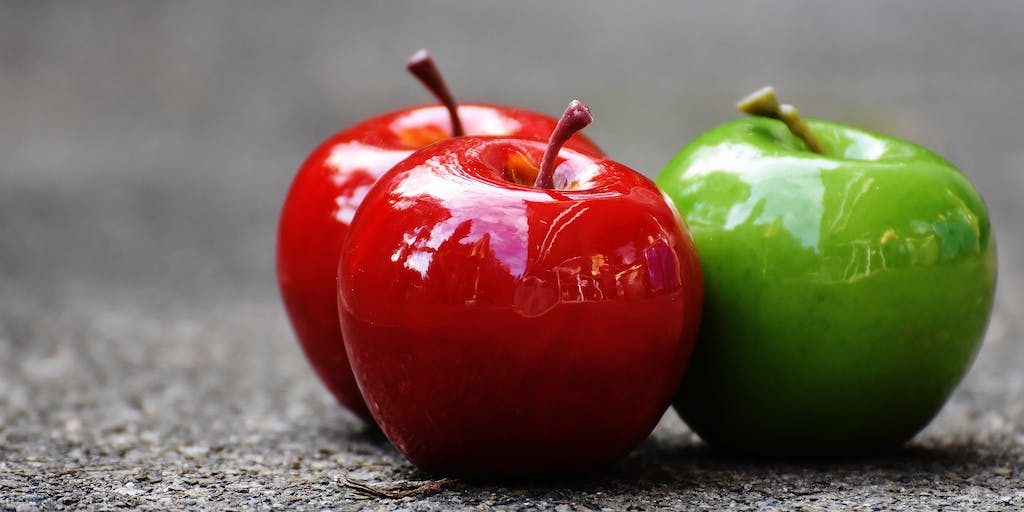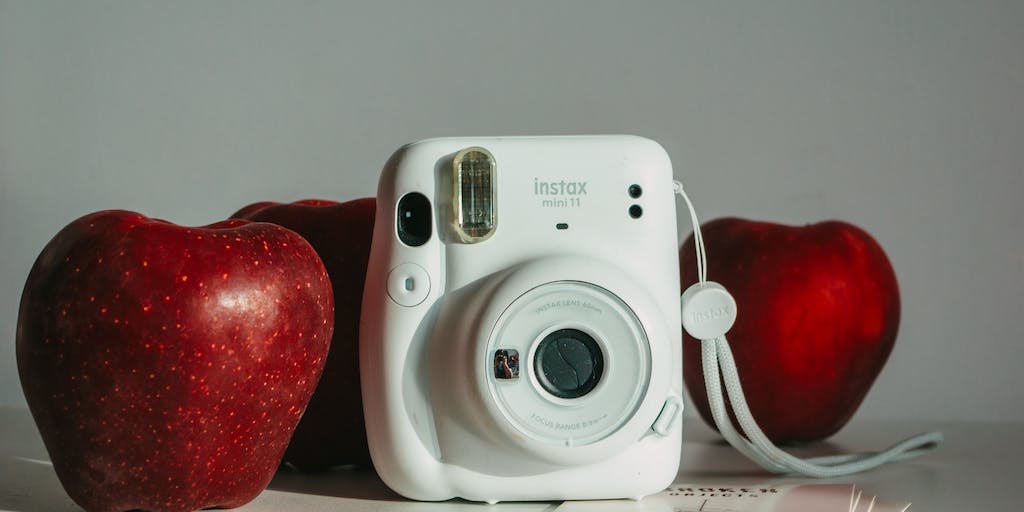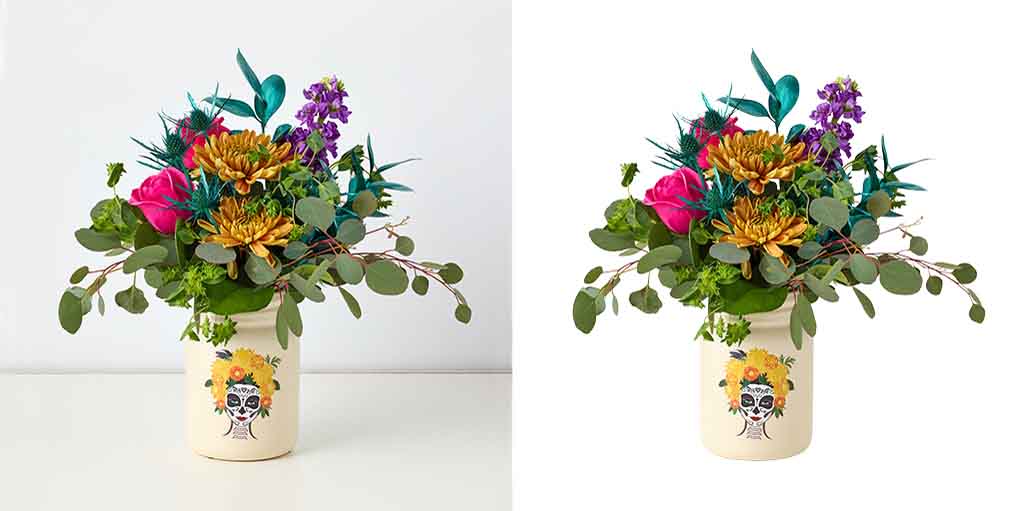In the enchanting world of photography, where moments are frozen in time and stories are told through the lens, there exists a subtle yet powerful principle that adds an intriguing touch to your images – it’s called the ‘Rule of Odds.’ This unspoken guideline guides photographers on a journey to capture the essence of their subjects in a way that resonates with viewers. Join us as we unlock the secrets of this enchanting rule, where odd numbers reveal the extraordinary beauty that lies within the ordinary frames.
What is Rule of Odds in Photography?

The Rule of Odds in photography is a compositional guideline that suggests using an odd number of subjects or elements within a frame to create a more visually pleasing and balanced image. It’s based on the idea that odd numbers tend to be more appealing to the human eye than even numbers, which can feel too symmetrical or predictable.
When you incorporate an odd number of subjects or elements, such as three, five, or seven, it can add depth, balance, and a sense of natural asymmetry to your photographs. This can make the image more dynamic and interesting to viewers.
The Rule of Odds is often used in portrait photography, landscape photography, and various other photographic genres to create visually appealing and harmonious compositions. It’s a valuable tool that allows photographers to infuse their images with a sense of balance and intrigue.
Why Odds, Not Even?
The preference for odd numbers in the Rule of Odds is primarily rooted in human perception and aesthetic principles. Odd numbers are often considered more visually appealing for several reasons:
Natural Asymmetry:
Odd numbers create a natural sense of asymmetry in an image, which can be more visually interesting. Even numbers, on the other hand, can lead to a more balanced, but potentially less dynamic or less visually engaging composition.
Dynamic Tension:
Odd numbers can create a sense of tension or imbalance in a photo, which can draw the viewer’s eye into the image and engage them on a deeper level. This tension can make the image more intriguing.
Avoiding the Center:
When you have an odd number of elements, it’s less likely that the main subject or focal point will be centered in the frame. This can lead to a more dynamic and engaging composition, as it avoids the predictability of centered subjects.
Increased Complexity:
Odd numbers often result in a more complex composition, offering more opportunities for the viewer’s eye to explore the image. Even numbers may lead to simpler, more static compositions.
In photography, the choice between odd and even numbers is not a strict rule but a guideline that photographers can use to enhance the visual impact of their images. It’s about creating balance and visual interest, and odd numbers are a commonly used tool to achieve this goal.
Benefits and Effects of the Rule of Odds
The rule of odds in photography offers several benefits and effects that can enhance the visual impact and composition of an image:
Visual Interest: Odd-numbered subjects create a sense of visual interest and intrigue. The asymmetry and tension they introduce engage the viewer and make the composition more dynamic, capturing attention and holding it for longer.
Balance and Harmony: Odd numbers tend to create a more balanced and harmonious composition compared to even numbers. The uneven distribution of subjects avoids a static and predictable look, adding a pleasing sense of equilibrium to the image.
Guiding the Eye: When there is an odd-numbered arrangement of subjects, the viewer’s eye naturally moves from one subject to another, following a path that creates a visual flow. This helps guide the viewer through the image and enhances the storytelling aspect of the photograph.
Increased Depth and Dimension: Using an odd number of subjects can add depth and dimension to the composition. By strategically placing subjects at different distances from the camera, photographers can create a layered effect that adds visual interest and a sense of depth to the image.
Psychological Impact: Odd numbers are often perceived as more natural and organic in visual compositions. This is due to the fact that natural elements in the environment, such as flowers, leaves, or rocks, tend to occur in odd numbers. As a result, odd-numbered arrangements can evoke a subconscious sense of familiarity and authenticity in viewers.
Artistic Expression: The rule of odds provides photographers with a creative tool to experiment with composition and express their artistic vision. It allows for a more dynamic and visually stimulating image, enabling photographers to capture and convey emotions, stories, and moods more effectively.
Photographers can use the rule of odds for captivating, well-balanced compositions that leave a lasting impression.
When to Use the Rule of Odds
The rule of odds enhances composition and visual appeal in photography. Knowing when and how to apply it is essential. Here are some scenarios where the rule of odds can be particularly useful:
Group Portraits: When photographing a group of people, arranging them in odd-numbered formations can add balance and interest to the composition. For example, placing three individuals together can create a more visually engaging and dynamic image compared to a group of four or six.
Still Life and Product Photography: When arranging objects or products in a still-life setup, odd numbers can create a sense of harmony and balance. For instance, placing three flowers in a vase or three items on a table can add visual interest and create a more aesthetically pleasing composition.
Landscape Photography: Using odd-numbered elements in landscape photography, such as three trees or five rocks, can help create depth and guide the viewer’s eye through the scene. It adds a sense of scale and dimension, making the composition more visually engaging.
Storytelling and Visual Flow: The rule of odds can be effective in creating a visual narrative within your photographs. By using an odd number of subjects, you can establish a clear focal point and guide the viewer’s eye from one element to another, leading them through the story you want to convey.
Balancing Negative Space: In compositions where negative space plays a significant role, odd-numbered subjects can help balance out the visual weight. Placing a single subject against a vast expanse of negative space or positioning three objects in a minimalist scene can create a visually pleasing balance between the subject and the surrounding empty space.
The rule of odds enhances composition but isn’t rigid. Experimentation and personal judgment matter for your creative vision.
When Not to Use The Rule of Odds in Photography?
While the rule of odds in photography can be a useful guideline for creating visually appealing compositions, there are situations where it may not be the most appropriate approach. Here are some scenarios in which you might consider deviating from the rule of odds:
Symmetry and Balance: When aiming for a symmetrical or evenly balanced composition, the rule of odds may not be appropriate. Even-numbered elements can enhance the sense of symmetry and create a more harmonious composition.
Dominant Subject: If you have a dominant subject that deserves sole focus and attention, using an even-numbered arrangement can help emphasize its significance without distractions from additional elements.
Contextual Considerations: Certain contexts, such as architectural photography or patterns that naturally occur in pairs, may call for an even-numbered composition to highlight symmetry or repetition.
Personal Style and Creativity: Photography is an art form, and rules are meant to be broken. If deviating from the rule of odds aligns with your personal style or creative vision, feel free to experiment and explore alternative compositions.
It’s important to remember that rules in photography are not absolute and should be used as guidelines. Understanding when to apply or deviate from the rule of odds allows you to exercise artistic freedom and create compositions that best convey your desired message or aesthetic.
The Rule Of Odds Is Not Just For Photographing People
The rule of odds in photography extends far beyond just photographing people. While it is commonly applied in group portraits to create balance and visual interest, its usefulness expands to numerous other subjects and genres.
In still-life photography, odd numbers of objects can enhance composition and add a sense of harmony. Whether arranging flowers in a vase or placing items on a tabletop, odd numbers create a more dynamic and engaging image.
In landscape photography, incorporating odd-numbered elements like trees, rocks, or foreground objects can enhance depth and visual flow. Architecture, too, can benefit from the rule of odds by using odd numbers of columns, windows, or other architectural elements to create striking compositions.
Macro photography enthusiasts can apply this rule to capture the intricacies of the natural world, using odd numbers of subjects like insects, flowers, or droplets to create visually appealing images.
Even in street photography, odd-numbered elements can add a sense of narrative and intrigue to candid moments. The rule of odds is a versatile guideline that transcends subject matter, enriching compositions across various genres of photography.
Applying the Rule of Odds in Photography
Applying the Rule of Odds in photography can significantly enhance your compositions and make your images more visually engaging. Here’s how you can use this rule effectively:
Choose an Odd Number of Subjects:
When setting up your shot, try to include an odd number of main subjects. This could be three, five, seven, or any other odd number, depending on your composition.
Create Balance:
Even though you’re using an odd number of subjects, aim to create a sense of balance in your frame. Position your subjects so that they fill the frame in a visually pleasing way. Consider their sizes, spacing, and relationships to each other.
Use Leading Lines and Framing:
Incorporate leading lines or framing elements in your composition to guide the viewer’s eye toward the odd-numbered subjects. This can help draw attention to the focal points in your image.
Vary the Sizes and Heights:
Experiment with different sizes and heights of your subjects to add depth and dimension to your photo. Place larger subjects alongside smaller ones to create an interesting visual hierarchy.
Consider Background and Foreground:
Pay attention to the background and foreground of your image. Make sure they complement your odd-numbered subjects rather than distracting from them. A cluttered background can take away from the impact of the main subjects.
Adapting to Different Genres:
The rule of odds can be applied to various genres of photography, including landscapes, portraits, still life, and more. Experiment with how odd-numbered subjects can enhance the composition and impact of your specific genre.
Experiment and Practice:
Don’t be afraid to experiment with the Rule of Odds and practice it in various situations. The more you work with this rule, the better you’ll become at creating balanced and visually appealing compositions.
Remember that the Rule of Odds is a guideline, not a strict rule. There will be situations where even numbers work better for your composition. The key is to use this rule when it enhances your image and aligns with your creative vision.
Final Words
The Rule of Odds is a valuable tool for enhancing photographic composition, but it’s not a strict rule. It offers a guideline to create visually appealing images, yet creative vision and personal judgment remain essential. Experimentation and adaptability are key to harnessing the full potential of this technique, allowing photographers to craft compelling and impactful compositions.






